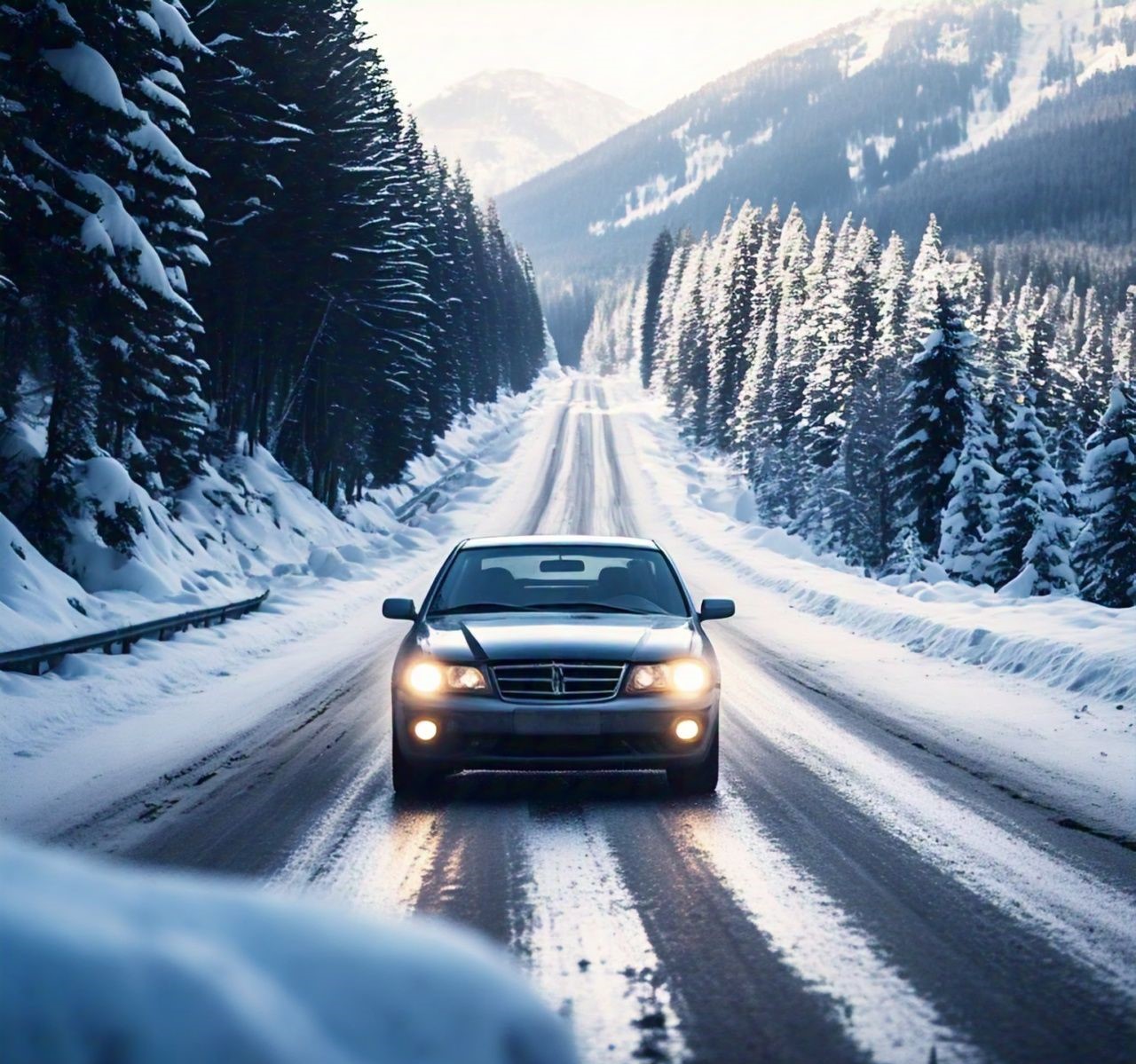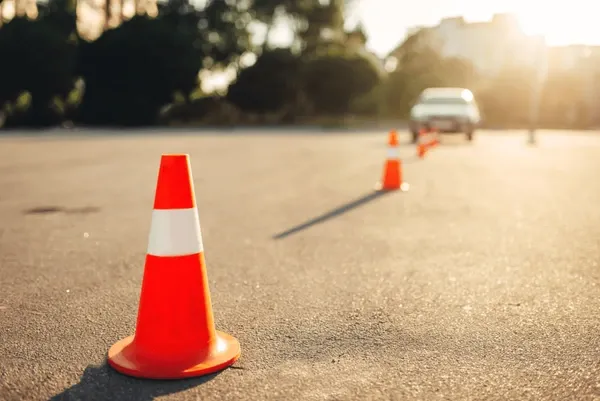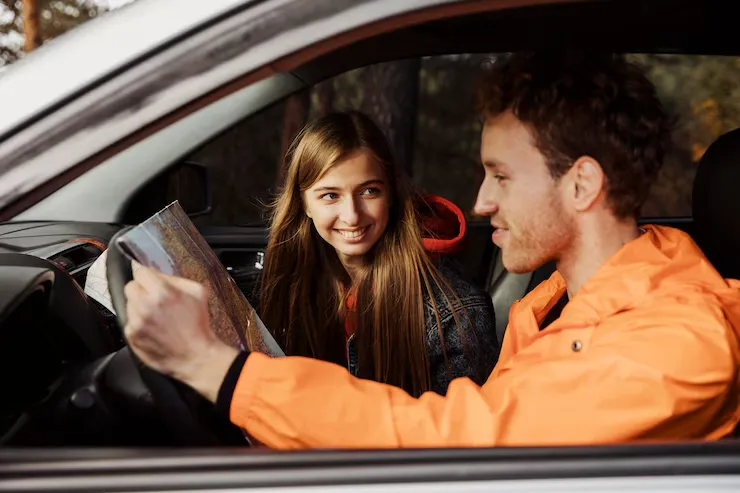
Winter Driving Tips

Winter Driving Tips
Driving in winter can be challenging, especially when icy roads, frosty windscreens, and reduced visibility are part of your daily commute. Winter in the UK often brings unpredictable weather, making it crucial for drivers to prepare and stay safe. At Shah Driving School, we prioritize equipping drivers with the skills and confidence to handle winter’s challenges.
In this blog, we’ll share essential winter driving tips, actionable advice, and safety precautions tailored for UK roads.
Why Winter Driving Requires Special Skills
Winter conditions like ice, snow, and fog make roads more hazardous. According to the UK’s Department for Transport, winter months see a spike in accidents due to slippery surfaces and poor visibility. While gritting helps in some areas, black ice and frosty roads remain threats. Developing winter-specific driving skills is key to reducing risks.
Top 10 Winter Driving Tips for UK Roads
1. Prepare Your Car for Winter
A safe journey starts with a well-prepared car. Before heading out, ensure your vehicle is ready for the conditions.
Check Your Tyres: UK regulations require a tread depth of 1.6mm, but a depth of at least 3mm is recommended for winter driving. Winter tyres provide extra grip in icy conditions.
Battery Maintenance: Cold weather can weaken car batteries. Test your battery regularly to avoid breakdowns.
Top Up Fluids: Use winter-grade windshield washer fluid to prevent freezing.
De-Ice Properly: Clear all frost, ice, and snow from windows, mirrors, and lights before driving. Partial de-icing can reduce visibility, risking an accident.
Emergency Kit: Always carry a winter kit, including a torch, blanket, de-icer, scraper, and a phone charger.
2. Adjust Your Driving Speed
Speed limits are set for optimal conditions. On icy roads, slower speeds are essential for safety.
Reduce Your Speed: Icy surfaces double your stopping distance. Drive cautiously to retain control.
Avoid Sudden Braking: Apply brakes gently to prevent skidding.
Lower Gears on Hills: Use lower gears when descending steep or icy slopes to reduce reliance on brakes.
3. Maintain Safe Distances
Tailgating is dangerous, especially in winter.
Increase Following Distance: Maintain a gap of at least 10 seconds behind the vehicle in front.
Anticipate Stops: Begin braking much earlier to avoid sudden stops.
4. Know How to Handle Skids
Skids can be terrifying but manageable with the right technique.
Don’t Panic: Keep calm and avoid overcorrecting.
Steer Into the Skid: If your car skids, gently steer in the direction of the skid to regain control.
Pump the Brakes: If your car doesn’t have ABS (Anti-lock Braking System), pump the brakes lightly.
5. Drive Smart on Black Ice
Black ice, a nearly invisible hazard, is common on UK roads during winter.
Stay Alert: Black ice often forms in shaded areas, on bridges, or in early mornings and evenings.
No Sudden Moves: Avoid sharp turns, sudden braking, or quick accelerations.
Test Grip Gently: Lightly press the brakes to test road grip when safe.
6. Plan Ahead
Good planning can prevent unnecessary risks.
Check Weather Reports: Avoid traveling during extreme weather warnings.
Stick to Main Roads: These are more likely to be gritted and cleared.
Plan Extra Time: Winter delays are common. Leave earlier than usual to avoid rushing.
7. Use Lights Effectively
Visibility can be severely reduced during winter.
Dipped Headlights: Use dipped headlights in poor visibility, even during the day.
Fog Lights: Use fog lights in thick fog, but remember to turn them off when visibility improves.
Keep Lights Clean: Regularly clear dirt and grime from headlights and taillights.
8. Avoid Fatigue
Driving in poor weather requires extra concentration.
Take Breaks: Plan rest stops on long journeys.
Stay Warm and Alert: Wear comfortable layers to stay warm without restricting movement.
9. Consider Winter Driving Lessons
Practical experience is invaluable. Shah Driving School offers winter-specific driving lessons, covering:
Skid recovery techniques.
Navigating icy roundabouts.
Braking safely on slippery surfaces.
10. Know When to Stay Off the Roads
Sometimes, the safest decision is to avoid driving altogether.
Severe Weather Alerts: Postpone your trip if the Met Office issues severe weather warnings.
Unnecessary Journeys: Evaluate whether your journey is essential or can wait for safer conditions.
How Shah Driving School Helps You Stay Safe
At Shah Driving School, we pride ourselves on preparing our students for all driving conditions, including winter challenges. Our lessons focus on:
Recognizing hazardous conditions.
Proper car control techniques on slippery surfaces.
Building confidence for handling extreme weather.
Winter Driving FAQs
1. Do I need winter tyres in the UK?
While not mandatory, winter tyres are highly recommended for better traction on icy roads. They provide a safer driving experience in temperatures below 7°C.
2. What is black ice?
Black ice is a thin, transparent layer that blends with the road surface, making it difficult to see. It’s most common on shaded roads and bridges.
3. How can I prevent skidding?
Drive slowly, avoid sudden movements, and use higher gears when accelerating. Keeping your tires and brakes in good condition reduces the risk of skidding.
word of advise
Winter driving on icy roads requires preparation, caution, and proper skills.



